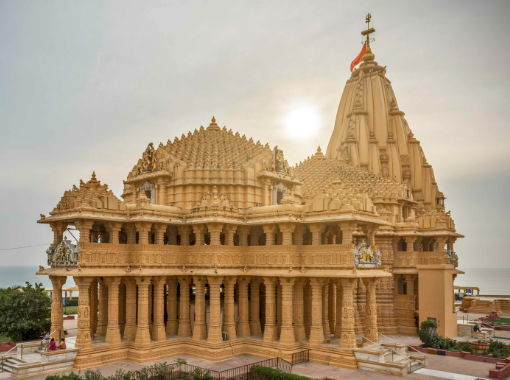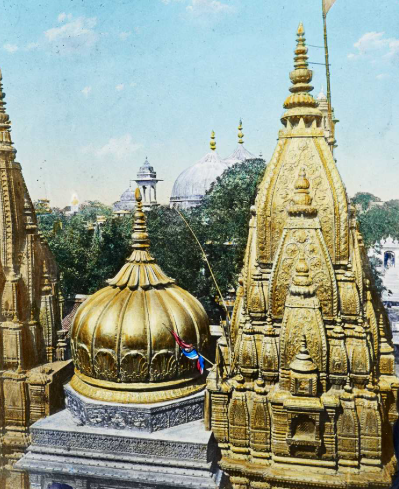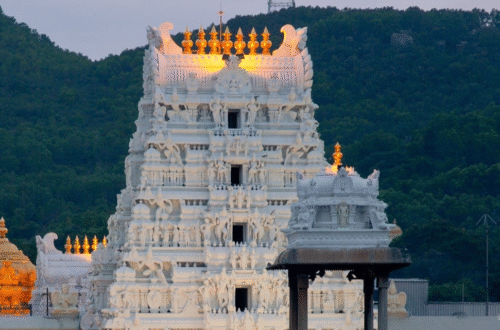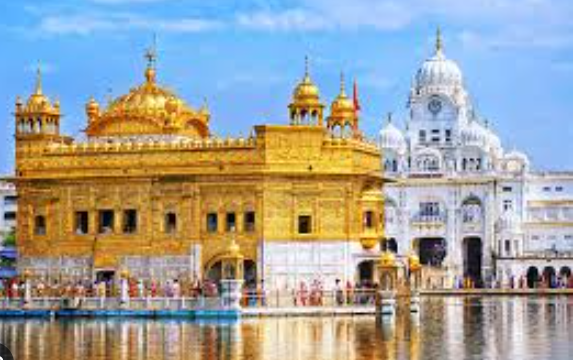The Somnath Temple is one of India’s most famous and ancient temples. Located in Prabhas Patan, near Veraval in the Saurashtra region of Gujarat, it is dedicated to Lord Shiva. The temple is known for its deep religious importance, spiritual beauty, and remarkable historical journey. Revered as one of the twelve Jyotirlinga shrines, it holds a significant place in Hindu belief and culture. The Somnath Temple History is one of the best history in all the temple in india.
Somnath Temple History: The Ancient Struggles and Rebirth
The history of Somnath Temple is fascinating and spans thousands of years. According to Hindu mythology, the temple was first built by the Moon God, Som, who sought forgiveness for his sins by constructing the temple in honor of Lord Shiva. Over time, the temple faced numerous destructions by invaders, the most notable being the attack by Mahmud of Ghazni, a Turkish invader, in the 11th century.
Despite these attacks, the temple was rebuilt multiple times, each restoration showcasing the resilience and unwavering faith of the people. In the 1950s, the Indian government led a successful effort to restore the temple to its former glory, and it stands today as a symbol of strength, devotion, and faith. The Somnath Temple History.

Somnath Temple History: Its Unique Coastal Location
Somnath Temple is located on the western coast of India, in the state of Gujarat. It stands near the town of Veraval, on the shores of the Arabian Sea. This stunning location offers visitors not only a spiritual experience but also a chance to enjoy the beauty of the sea and the surrounding landscapes. The temple is about 6 kilometers from the town center, making it an easily accessible and peaceful destination.
The combination of serene surroundings and the sound of the waves makes it a perfect place for reflection and devotion. The temple is reachable by road, rail, and air, with Diu Airport about 85 kilometers away and Veraval Railway Station serving as the nearest railway hub. The Somnath Temple History.
Architecture of Somnath Temple: A Masterpiece of Ancient Design
The architecture of Somnath Temple is a testament to India’s rich cultural and architectural heritage. Built in the Chalukya style, the temple features intricate carvings and detailed artwork. Its main structure is constructed from sandstone and marble, providing it with a grand and majestic appearance. The temple stands tall with a spire, or “Shikhara,” reaching toward the sky, symbolizing the connection between earth and the divine.
The inner sanctum of the temple houses a Jyotirlinga idol of Lord Shiva, representing divine light. The temple’s walls and pillars are decorated with beautiful carvings that tell stories from Hindu mythology, reflecting the rich history and culture of the region. From the sea, the towering spire of the temple creates a striking silhouette, further enhancing its awe-inspiring beauty. read about Kashi Vishwanath Temple
Somnath Temple Spiritual Significance: A Sacred Place of Worship
Somnath Temple holds immense spiritual significance for millions of Hindus. It is believed that Lord Shiva resides here in the form of a Jyotirlinga, making the temple a vital center of worship and pilgrimage. According to Hindu mythology, the temple is also the place where Lord Krishna is believed to have left his mortal body, adding to the temple’s sacred status.
Every year, thousands of pilgrims from all over India and the world visit Somnath to seek blessings and offer prayers. The temple plays a crucial role in various Hindu rituals and festivals, especially Maha Shivaratri, which is celebrated with great devotion. The peaceful environment of the temple provides an ideal setting for meditation, reflection, and spiritual growth.

The Stunning View of Somnath Temple: A Scenic Marvel
One of the most captivating features of Somnath Temple is its breathtaking view. Situated on the edge of the Arabian Sea, the temple’s towering spire is visible from a distance, marking it as a significant landmark. Visitors can enjoy a scenic view of the sea from the temple’s entrance, creating an atmosphere of tranquility and serenity.
The peaceful sound of the waves and the cool sea breeze enhance the spiritual experience. Watching the sun set over the Arabian Sea while standing near the temple adds to the feeling of calm and awe. Whether you are a pilgrim or a tourist, the beauty and serenity of Somnath Temple and its surroundings will leave an indelible mark on your soul.
In conclusion, Somnath Temple is much more than just a religious site—it is a symbol of India’s rich cultural heritage and resilience. With its historical significance, impressive architecture, and peaceful location, it stands as one of the most iconic landmarks in India.
Whether you visit for spiritual reasons or simply to admire its beauty, Somnath Temple offers a unique and unforgettable experience.
Conclusion
In conclusion, Somnath Temple is a remarkable blend of spirituality, history, and architecture. It stands as a symbol of resilience, having been rebuilt several times after being destroyed by invaders. Its location on the shores of the Arabian Sea adds to its beauty, offering visitors a peaceful and scenic environment. The temple is an important pilgrimage site, especially for devotees of Lord Shiva, and plays a significant role in Hindu rituals and festivals. The architecture of the temple, with its intricate carvings and towering spire, makes it a stunning example of ancient Indian temple design.
The temple’s history, linked to myths and legends, makes it an essential part of India’s cultural and spiritual heritage. Its significance goes beyond just being a place of worship; it is a symbol of devotion, strength, and unwavering faith. Somnath Temple continues to attract millions of visitors from all over the world, not only for its religious importance but also for its serene and picturesque location. Whether for a spiritual journey or a simple visit to admire its beauty, Somnath Temple remains a must-see destination in Gujarat. Other



One comment on “Somnath Temple History”